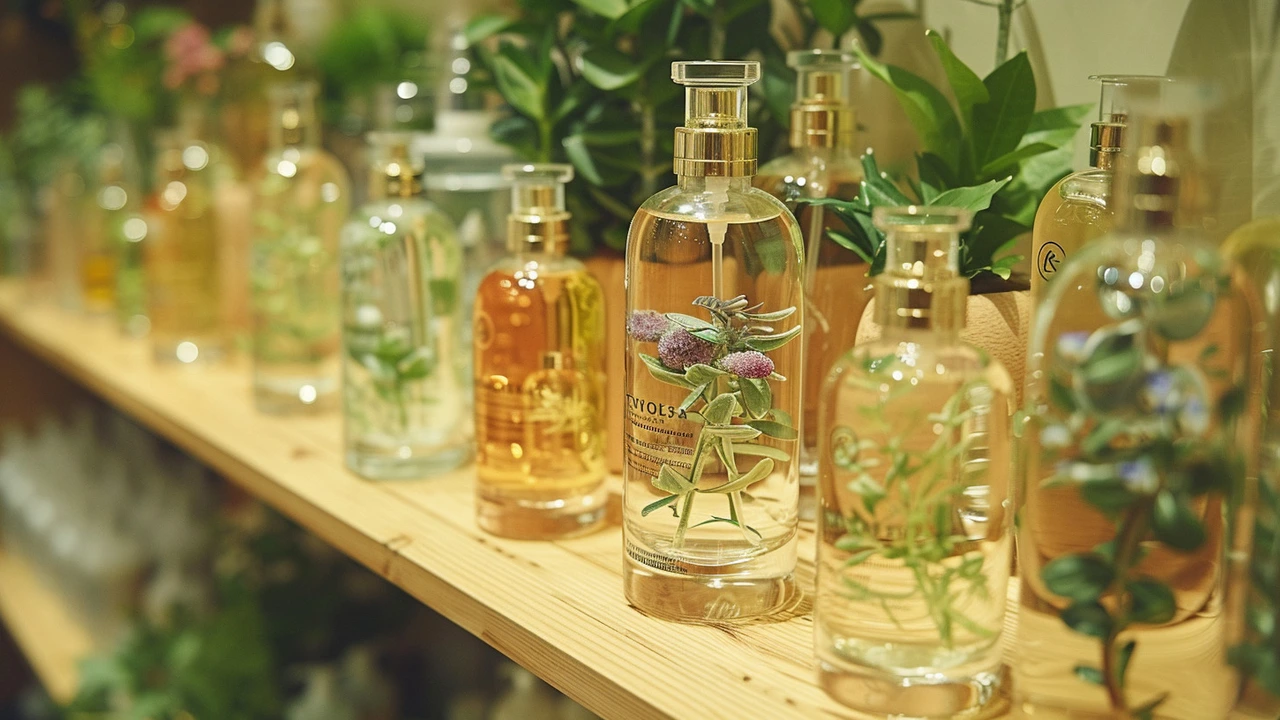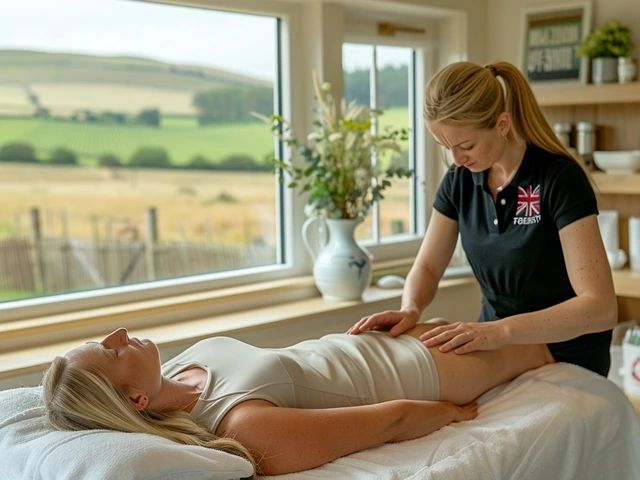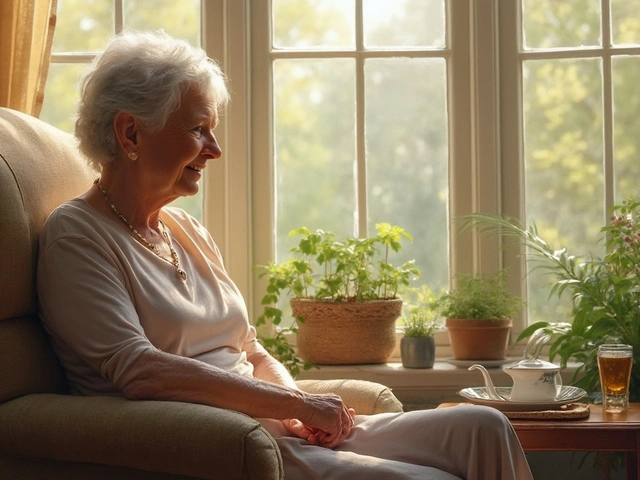Natural Skincare: Simple, Real Results
Want healthier skin without chemical overload? Natural skincare can work—if you choose the right ingredients and use them the right way. Forget miracle cures; focus on consistent habits, simple formulas, and basic safety. Here are clear, usable steps you can try tonight.
Quick natural skincare routine
Start basic: cleanse, treat, moisturize, and protect. Use a gentle oil or cream cleanser to remove dirt without stripping your skin. After cleansing, apply a lightweight treatment: a vitamin C serum in the morning helps brightening, while a plant-based hydrator like hyaluronic acid or aloe vera works well at night. Lock moisture in with a natural oil or butter—jojoba, rosehip, or shea butter depending on your skin type. Finish your morning routine with a broad-spectrum SPF; even natural sunscreen formulas need to be reapplied every two hours in strong sun.
Less is more. If your skin is sensitive, pick two active items max—one morning, one night. Give each new product three to four weeks to show effect before adding another. Track changes with photos so you can judge results without guesswork.
Ingredients that actually work
Not all natural ingredients are helpful. Look for these: rosehip oil for vitamin A and fatty acids, niacinamide (often found in plant-based serums) for barrier support, green tea extract for calm and antioxidant action, and bakuchiol as a gentler retinol alternative. Honey is a good short-contact mask for hydration and mild antibacterial action. Oat extract soothes redness and irritation. For spot care, tea tree oil can help—dilute it and use sparingly, never full strength.
DIY recipes can be great for one-off treatments, but keep them simple. A basic calming mask: 1 tablespoon ground oats mixed with a little yogurt or water and a teaspoon of honey. Leave on for 10 minutes, rinse with lukewarm water. Don’t store DIY mixes more than 48 hours unless refrigerated; they can grow bacteria.
Patch-test everything on the inside of your wrist or behind your ear for 24–48 hours. If you see redness, burning, or swelling, stop immediately. Store oils and vitamin C serums in dark, cool places to slow oxidation. Avoid citrus juice straight on skin—too acidic and can cause irritation.
Combine natural care with basic lifestyle moves: sleep, hydration, a balanced diet, and sun protection make all ingredients work better. If acne, persistent redness, or sudden changes appear, see a dermatologist—natural options help many people but won’t replace medical care when it’s needed.
Ready to try a cleaner routine? Start with one swap: a gentle cleanser or a nourishing oil. Stick with it for a month, watch how your skin responds, and adjust from there. Natural skincare is about steady, simple choices, not instant fixes.

Snail Secretion Facials: Unlocking the Power of Natural Skincare
In the realm of beauty and skincare, the quest for natural, innovative solutions has led to the discovery of snail secretion facials. This article delves into this unique skincare technique, exploring its origins, benefits, and how it is revolutionizing the beauty industry. By providing an in-depth look into how snail mucin is harvested and its transformative effects on the skin, ‘Snail Secretion Facials: Unlocking the Power of Natural Skincare’ offers readers practical advice on how to incorporate this trend into their skincare routine and what to expect from the experience.
Categories
- Health and Wellness (148)
- Alternative Therapies (86)
- Massage Therapy (40)
- Travel and Culture (15)
- Beauty and Skincare (9)
- Holistic Health (8)
- Health and Fitness (5)
- Spirituality (5)
- Other (2)
- Personal Development (2)
Popular Articles

Unlocking the Healing Potential of Bioenergetics
May, 25 2024


